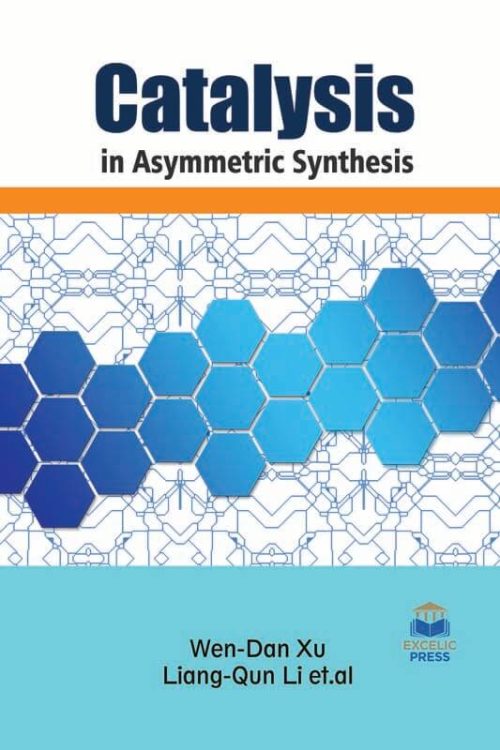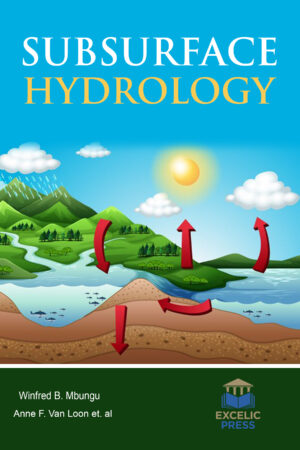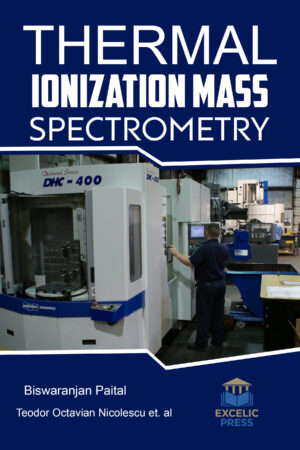Description
Asymmetric synthesis is a method for the formulation of chemical compounds that intends to bias the synthesis supportive of producing one stereoisomer over another stereoisomer. Due to the increasing number of available methodologies to access enantiomerically-enriched/pure organic compounds, the scope of asymmetric catalysis has greatly expanded to include a broad range of chemical transformations.
This book aims to cover current progresses and advances in the area of asymmetric catalysis. The book opens with a focus on Catalytic Asymmetric Formal Total Synthesis of (?)-Triptophenolide and (+)-Triptolide. Oxaziridines have emerged as powerful and elegant oxygen- and nitrogen-transfer agents for a broad array of nucleophiles, due to the remarkably high and tunable reactivities. However, the asymmetric catalysis involving oxaziridines is still in its infancy. Herein, this book aims to examine recent advances in the catalytic asymmetric transformations of oxaziridines, including oxidation, amination, cycloaddition and deracemization. The book further explores symmetric synthesis of tetrazole and dihydroisoquinoline derivatives by isocyanide-based multicomponent reactions. In consequence, the development of synthetic approaches to tetrazole and reduced isoquinoline derivatives, especially enantioenriched ones having a variety of peripheral functional groups, would therefore be great of importance for the exploration and modification of new bioactive molecules or drugs. In this regard, great endeavors have been continuously devoted for the synthesis of these valuable compounds over the past two decades.
Further, it lays emphasis on catalytic asymmetric synthesis of a nitrogen heterocycle through stereocontrolled direct photoreaction from electronically excited state and catalytic asymmetric radical aminoperfluoroalkylation and aminodifluoromethylation of alkenes to versatile enantioenriched-fluoroalkyl amines. Modern experiments have offered different interpretations on the symmetry of Chiral dirhodium (II) process complexes and its relationship to their level of enantioselectivity. So, this book provides an insight on how the knowledge around the structure of these catalysts has evolved with a particular emphasis on the impact of this knowledge on enantioselectivity prediction and catalyst design. In conclusion, the book contributes to the understanding of the stereoselectivity of chiral dirhodium (II) carboxylate catalysts carrying N-protected tert-leucine ligands. This book will be of immense interest to students and practitioners working in the associated field and, moreover, may provide new concepts and starting topics for future researches.





